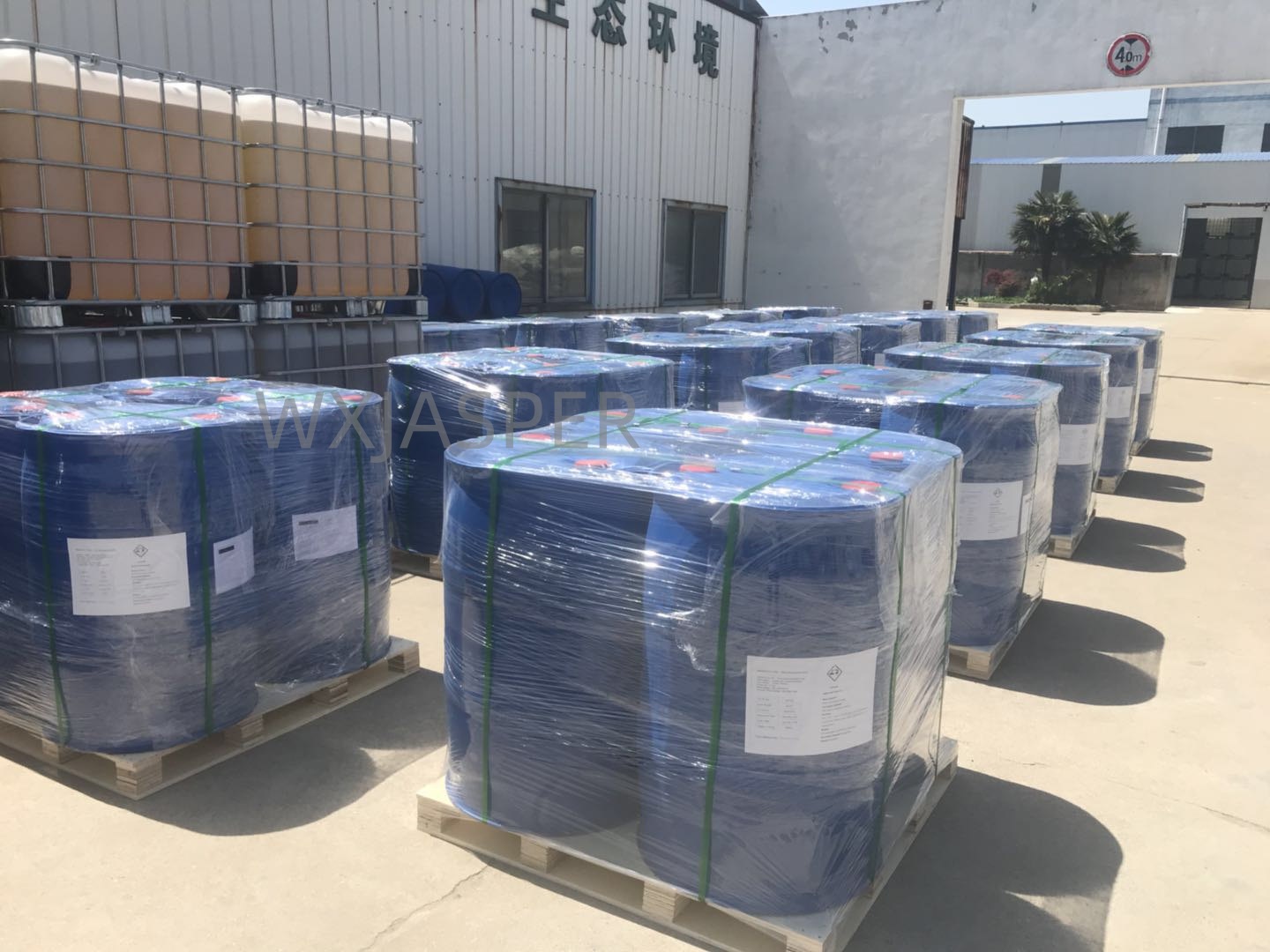Your Location:Home > Products > Solvents > Butyraldehyde



CasNo: 123-72-8
MF: C4H8O
Appearance: liquid
Delivery Time: 15 days
Packing: 200kg/drum
Purity: 99%
Basic Information:
Physical Properties:
Chemical Properties:
Sources:
Applications:
Storage Conditions: